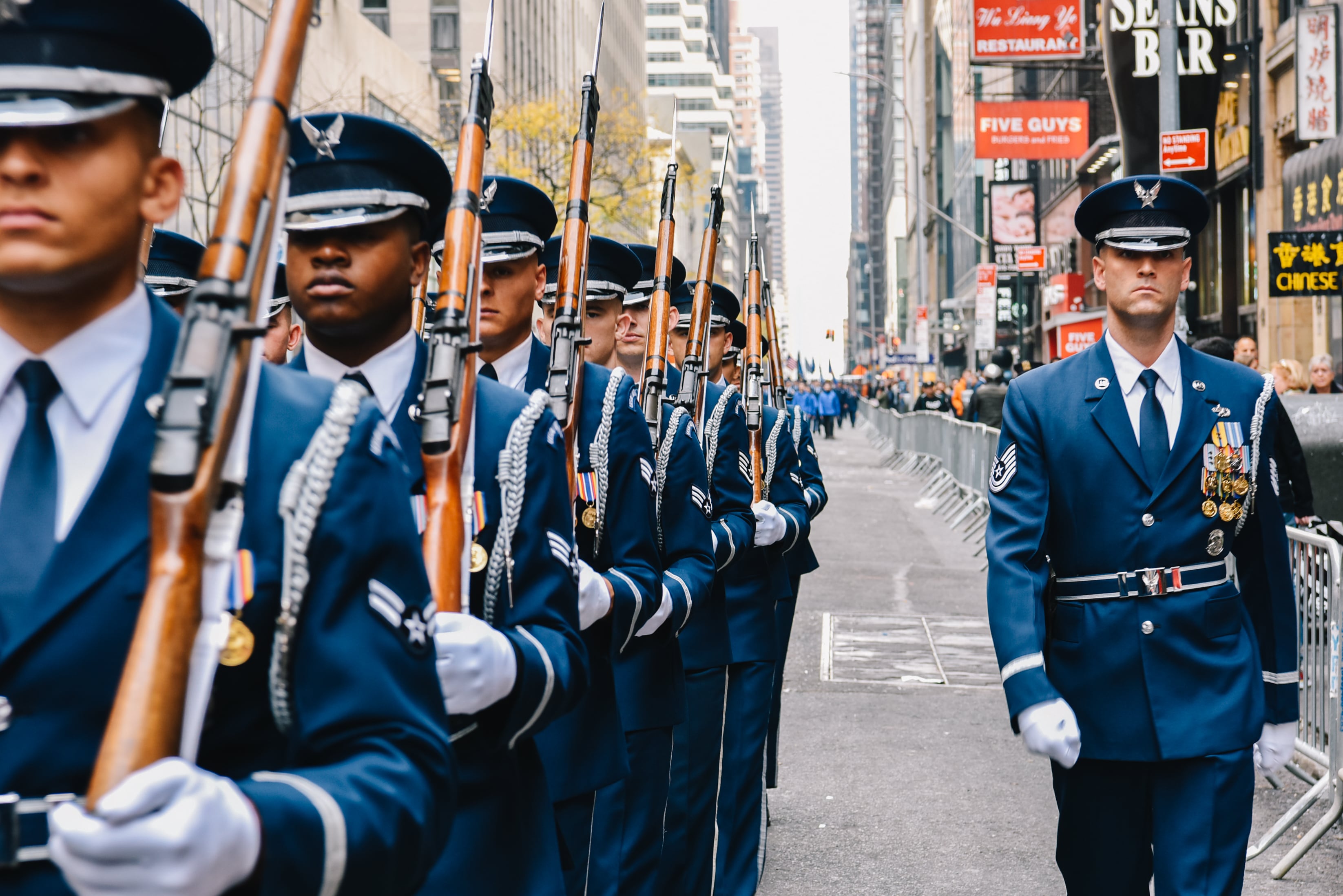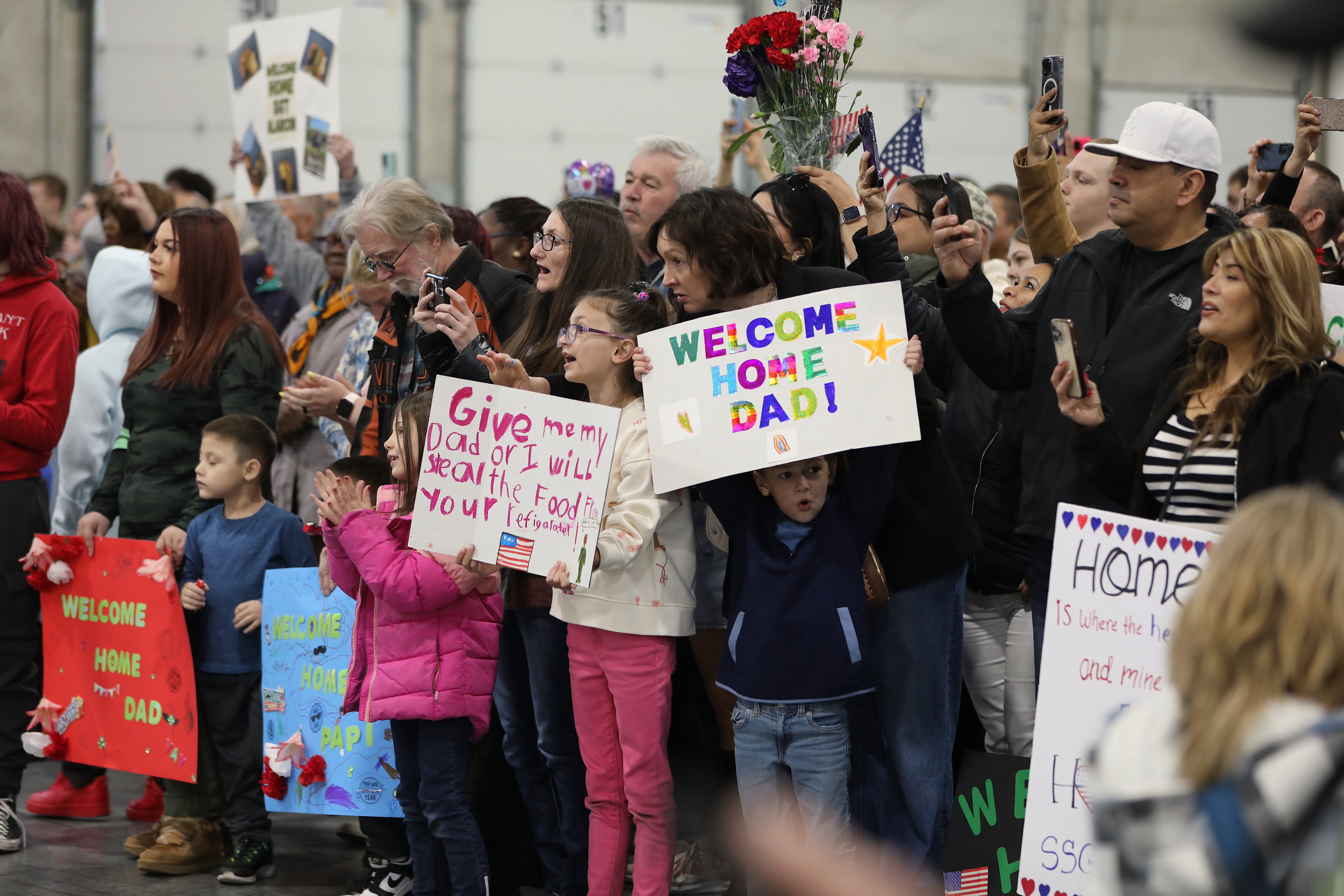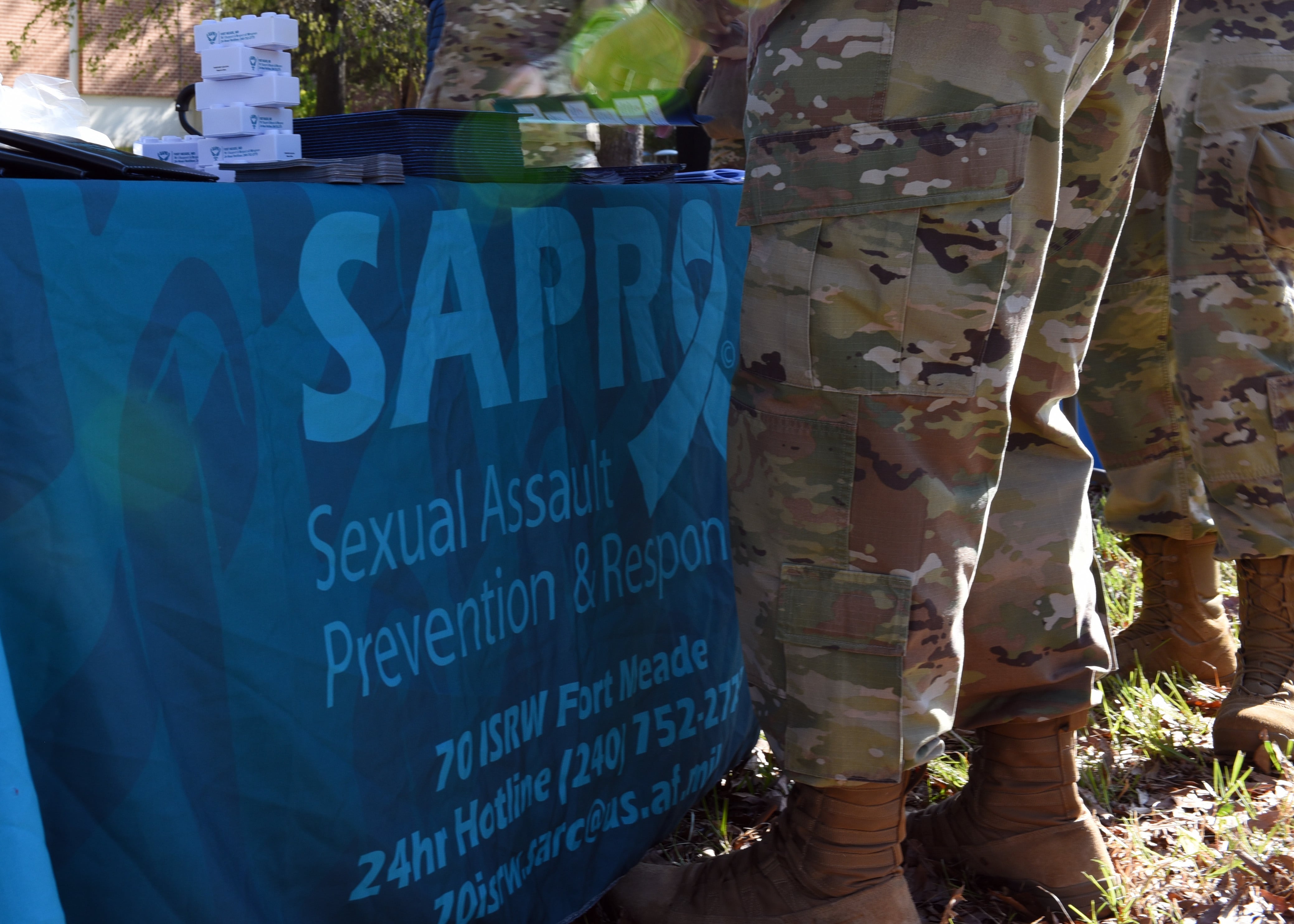By most official accounts, the bulk of the close fighting with ISIS militants in Iraq has been led by the Iraqis themselves.
But one place where U.S. troops get a piece of combat beyond training their partners is in providing fire support. And nowhere is that more relevant than in artillery.
Soldiers with Bravo Battery, 3rd Cavalry Regiment, part of Task Force Rifles, have been lobbing 155mm rounds across the Iraqi border at a steady pace for about three months now.
They’re sharing the firing line with their Iraqi artillery counterparts and French Army soldiers, said Col. Jonathan Byrom, task force commander and deputy director of Joint Operations Command–Iraq.
He would not disclose how many rounds the units had fired in support of the months-long mission to take out Islamic State remnants holed up in the small Syria-Iraq border town of Hajin. But he said the fire missions were “fairly intense.”
“More intense than others I’ve seen in the past,” Byrom told reporters during a videoconference call from Iraq on Tuesday. “And they’re directly contributing to the protection of the Iraqi border.”
Hajin is seen as one of the last holdouts for ISIS fighters and some leadership, which is why some officials have pointed to the three-month long battle that is still ongoing.
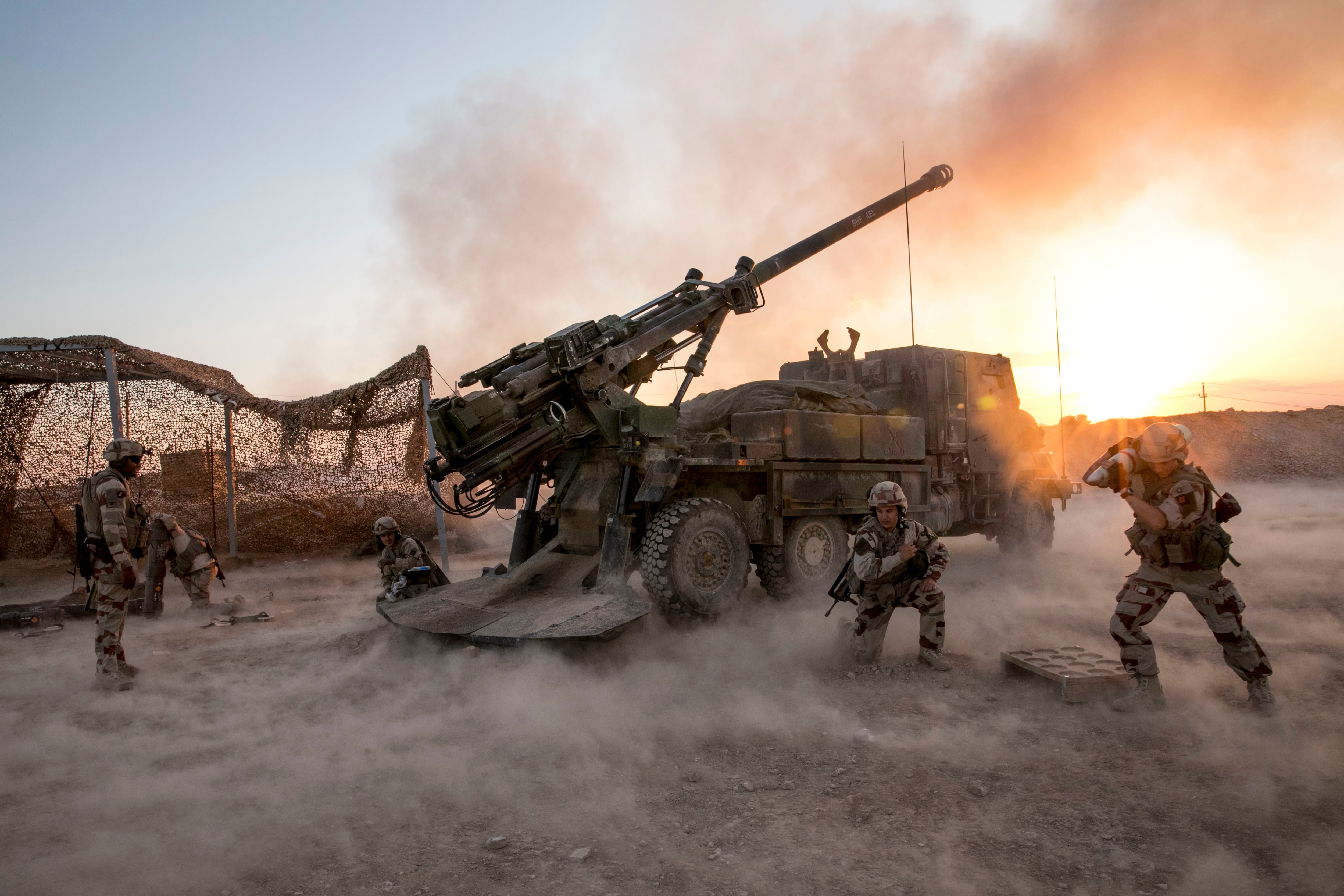
These missions mirror in some ways the intense artillery fire support that Marines provided for coalition fights in Raqqa, Syria, in 2017.
During a five-month period, a single Marine artillery battalion fired more rounds than any such battalion since the Vietnam War.
“They fired more rounds in five months in Raqqa, Syria, than any other Marine artillery battalion, or any Marine or Army battalion, since the Vietnam war,” Army Command Sgt. Major. John Wayne Troxell, then the senior enlisted adviser to the chairman of the Joint Chiefs of Staff, told Military Times in a January media discussion.
The battalion fired 35,000 artillery rounds on ISIS targets, Troxell said.
As a reference point, for the entirety of Operation Desert Storm, all Marine and Army units combined fired an estimated 60,000 artillery rounds. A little more than half of that was fired during the 2003 Iraq invasion.
Byrom was asked if units were also using missile systems such as the High Mobility Artillery Rocket System. He sidestepped that direct question and referenced only the Army’s use of M777, the towed howitzer.
The French soldiers are using an artillery system that’s about 15 years old for them, but which has inspired a new piece of firepower for U.S. artillery officials.
The French fire the CAESAR, a mobile 155mm howitzer mounted on a six-wheeled truck. It’s a self-propelled artillery piece that’s been in their arsenal since the 1990s. The U.S. Army has stuck with towed artillery systems and armored self-propelled artillery such as the Paladin system, also a 155mm.
That’s been the case for decades, until recent experimentation at Fort Sill, Oklahoma, this past year revealed some new designs potentially up for consideration to make arty more mobile.
One such piece, the aptly named “Brutus,” is a truck-mounted 155mm Howitzer cannon build by AM General, makers of the Humvee, using the Mandus Group’s “soft recoil” technology to keep the force of the blast from destroying the truck frame.
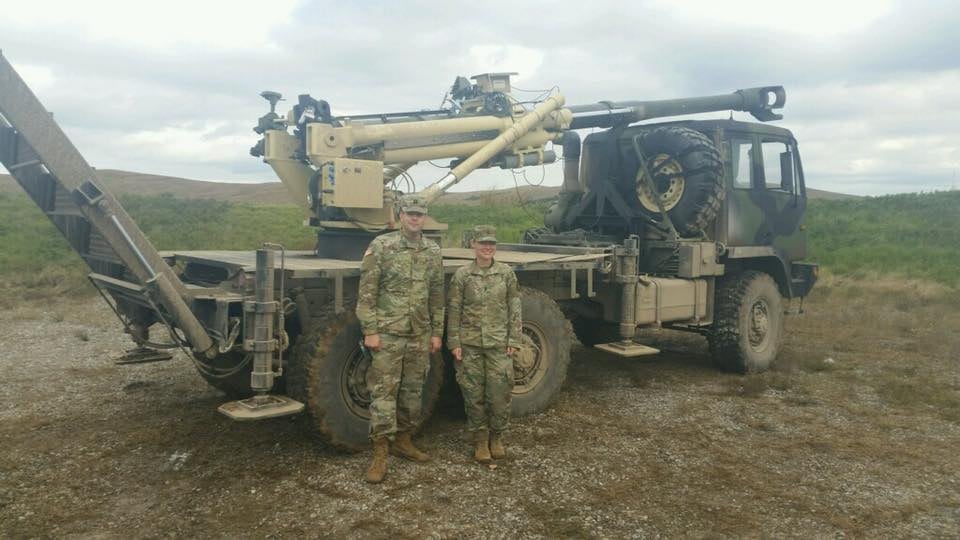
Soldiers at the Fires Center of Excellence shot the new piece this fall at the bi-annual Maneuver Fires Integration Experiment.
Another, shorter-range artillery system that’s been showcased multiple times to Army artillery is “The Hawkeye,” a 105mm artillery cannon mounted on the back of a Humvee. It is also made by AM General and uses the same “soft recoil” technology.
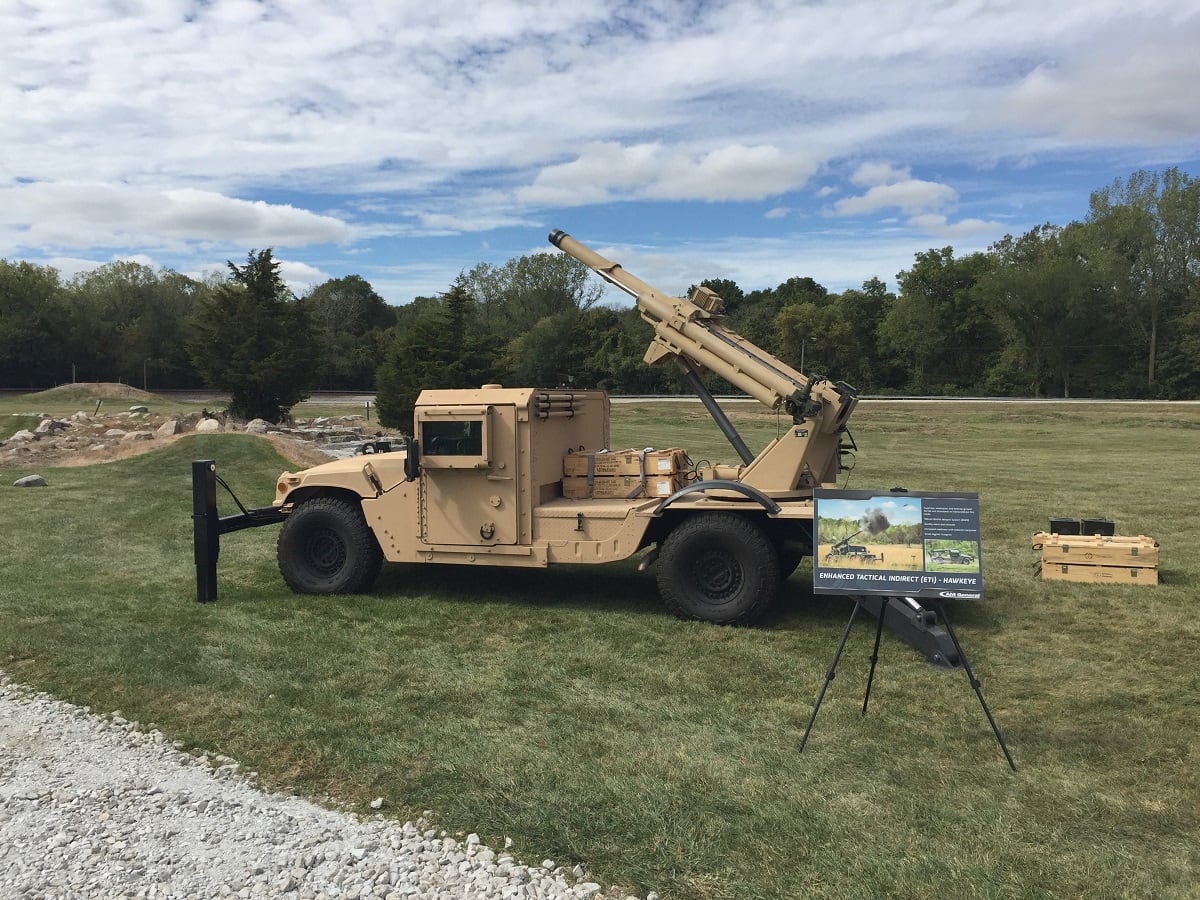
Todd South has written about crime, courts, government and the military for multiple publications since 2004 and was named a 2014 Pulitzer finalist for a co-written project on witness intimidation. Todd is a Marine veteran of the Iraq War.



